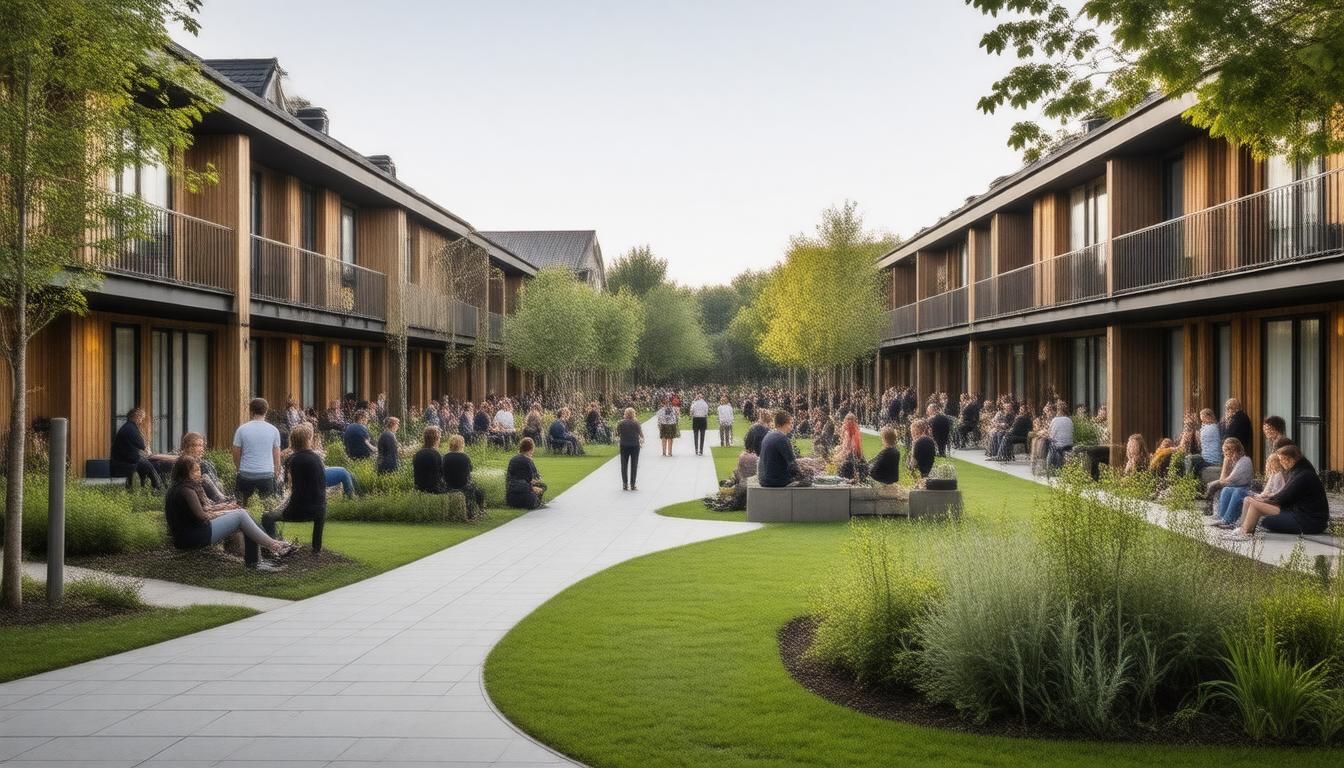In recent years, Kent has witnessed a significant rise in Houses in Multiple Occupation (HMOs), prompting discussions around the balance between community living and local concerns. Nearly 2,000 HMOs now accommodate tenants from various households across the region, presenting both opportunities and challenges for residents and local communities alike. These properties, ranging from modest homes to expansive dwellings with over 50 bedrooms—like the largest HMO reported in Folkestone—serve as crucial accommodation sources in areas grappling with housing shortages. Despite the necessity these living arrangements provide, they have raised mixed responses from local residents, who frequently cite worries about increased anti-social behavior and parking issues when new HMOs are proposed. Conversely, current tenants, including John Moran from a Canterbury HMO, highlight positive experiences of living within such diverse environments, acknowledging periodic conflicts but emphasizing their ability to coexist. This article delves into the intricate dynamics of HMOs in Kent, shedding light on both community concerns and the realities of shared living for tenants.
Key Takeaways
- The rise of HMOs in Kent reflects a growing need for affordable multi-occupancy housing.
- Local residents express legitimate concerns about noise and parking issues related to HMOs.
- Tenants often find ways to coexist peacefully, highlighting the potential for community living in these arrangements.
Understanding HMOs: Definitions and Trends in Kent
In Kent, the landscape of housing is evolving, particularly with the rise of Houses in Multiple Occupation (HMOs), which now number nearly 2,000 across the county. HMOs are defined as residential properties occupied by multiple households who share essential communal facilities such as kitchens and bathrooms (GOV.UK, 2022). These spaces vary significantly in size, accommodating anywhere from two households to expansive units housing over 50 individuals, like the record-holding HMO located in Folkestone. The increase in HMOs has stirred mixed sentiments among local residents, particularly regarding issues such as potential anti-social behavior and parking challenges that often arise with the introduction of new properties in neighborhoods (Council of Europe, 2023). On the other hand, tenant experiences can provide insight into the community dynamics at play within these shared living arrangements. John Moran, a resident of a Canterbury HMO, articulates a nuanced view, admitting that while conflicts do occur, a significant number of tenants navigate their coexistence peacefully, highlighting the potential for positive community interaction amidst the challenges (Kent News, 2024). This duality of opinion underscores the broader implications of HMO living, revealing how these housing solutions can simultaneously foster a sense of community while invoking local concerns.
Local Concerns vs. Tenant Experiences in HMO Living
Despite the concerns raised by residents about the impact of HMOs, these properties offer significant benefits for tenants, particularly students and young professionals. Affordable living options in areas close to amenities and educational institutions often draw a diverse demographic seeking financial savings (Kent Housing Strategy, 2024). Moreover, tenants in HMOs frequently report a sense of camaraderie that develops among housemates, which can enhance their social experiences. For instance, many residents participate in communal activities such as shared dinners and movie nights, fostering bonds that extend beyond mere cohabitation (Canterbury City Council, 2024). However, the balance between tenant satisfaction and local apprehensions remains delicate. The Kent local authority has initiated discussions aimed at addressing residents’ grievances while ensuring that tenants also have a voice in the conversation, illustrating a proactive approach to managing HMO-related complexities (Kent County Council, 2024). The ongoing dialogue between local residents, tenants, and policymakers is crucial to finding mutually beneficial solutions in the evolving housing landscape of Kent.





